My Abuela’s Puerto Rican Red Beans From Scratch
- January 2021
- By Kim Caviness
- Recipe from Puerto Rico
-
- (3)
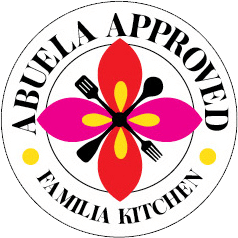
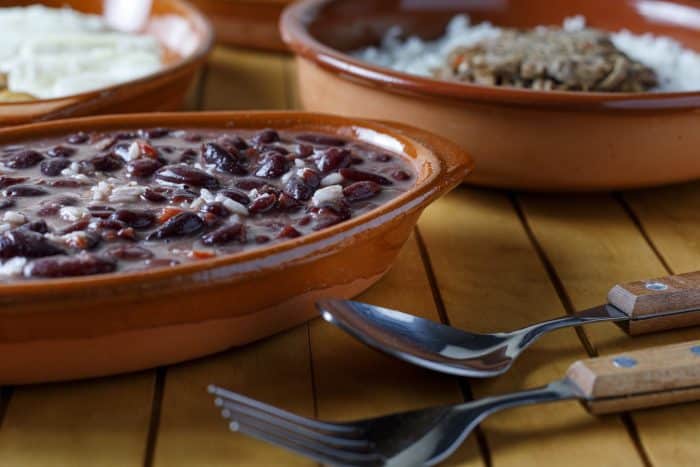
We Puerto Ricans love our beans and rice—that much está claro. But what color beans we love most is up for debate. Lots of Boricua recipes call for habichuelas rosadas—pink beans—as does Carmen Aboy Valldejuli (the Puerto Rican Julia Child and the island’s pioneering cookbook author) in her classic recipe for habichuelas rosadas secas (p. 72 of “El Libro”).
But my first cooking teacher, my. mom—and her mom, my abuela Rocío, who we called Nani; and mom’s childhood dear friend Jacqueline, who’s a truly great Boricua cocinera—are on Team Red. According to them, the most traditional Puerto Rican beans and the ones that must be used are habichuelas coloradas or rojas—red kidney beans.

What everyone agrees on is this: be they pink or red, habichuelas are as Boricua as the plátano and a must-have at the familia mesa. If not daily, then at least two to three times a week—or it just doesn’t feel like home cooking, island-style. “There’s nothing more Puerto Rican than rice and beans,” says Mom. “They are tasty and healthful. They are affordable. For many people on the island, arroz con habichuelas is their whole meal every day.”
One more beans bonus. Habichuelas have “a lot of protein for people who are vegetarian,” Mom says. Not that she knew many vegetarians when she was growing up in Puerto Rico. “Hardly any,” she admits. “If someone was, it was: ¿Y que le pasa?”
But it’s a different world now and like most of us, Mom, 82, tries to eat healthy—with little to no red meat and lots of fish, vegetables and red beans in her diet.

Which is why we dug up this recipe, from her mother, my grandmother. “When I was growing up, we ate habichuelas almost every day,” Mom remembers. Did she look forward to them? “Of course” she says. “Everyone loved rice and beans. You grow up with them and you keep on eating them every day, until you die.”
Some cooks use ham in their beans, but this recipe doesn’t call for meat—and that’s fine, says Mom. Healthier that way. These days, she is more likely to start with a can of cooked rather than dry beans, but these habichuelas guisadas are definitely authentic and deliciosas. They stand the test of time.
Personally, I update my grandmother’s habichuelas with the following: 1 bay leaf, 2 to 3 Tbsp sofrito, 3 to 4 cloves garlic, and a big shake each of salt and sazón. I also finely dice (not chunk) the potato and the calabaza or pumpkin. (Hope that is OK with you, Nani.)
Below is the 82-year-old-recipe handcopied from mi abuela, found on a faded index card in Mom’s yellow-plastic recipe box.
Mi Abuela’s Puerto Rican Red Beans From Scratch
MoreLike This

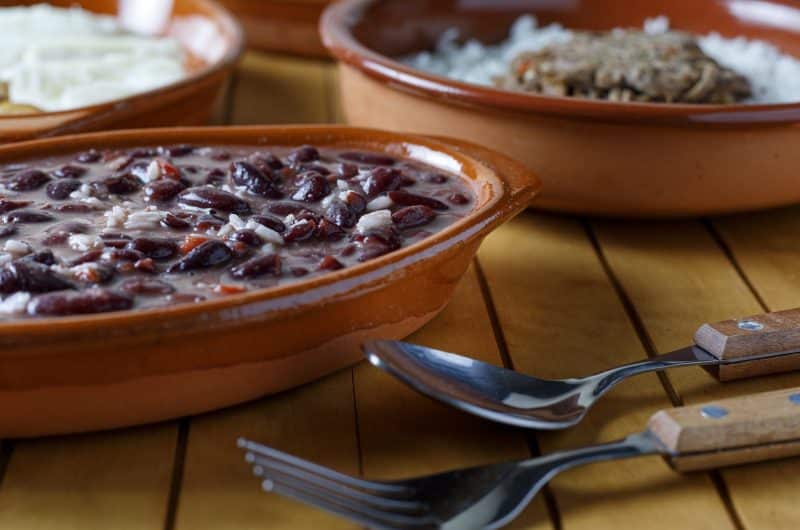

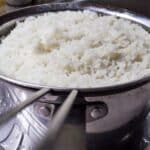
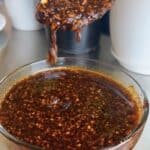
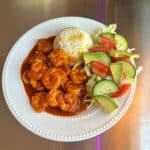
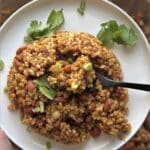
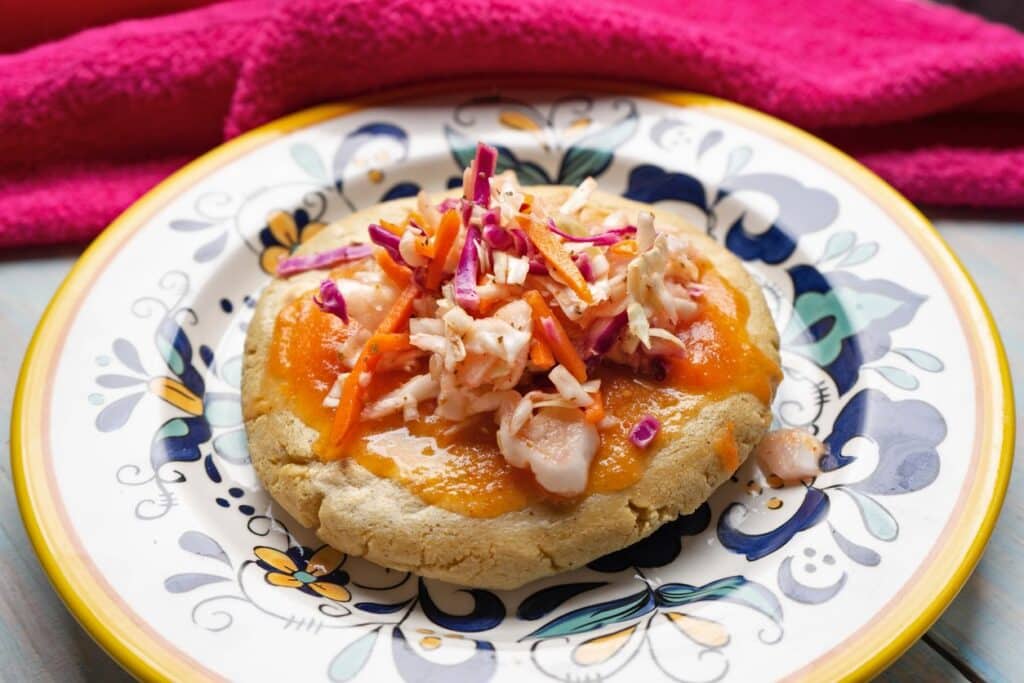

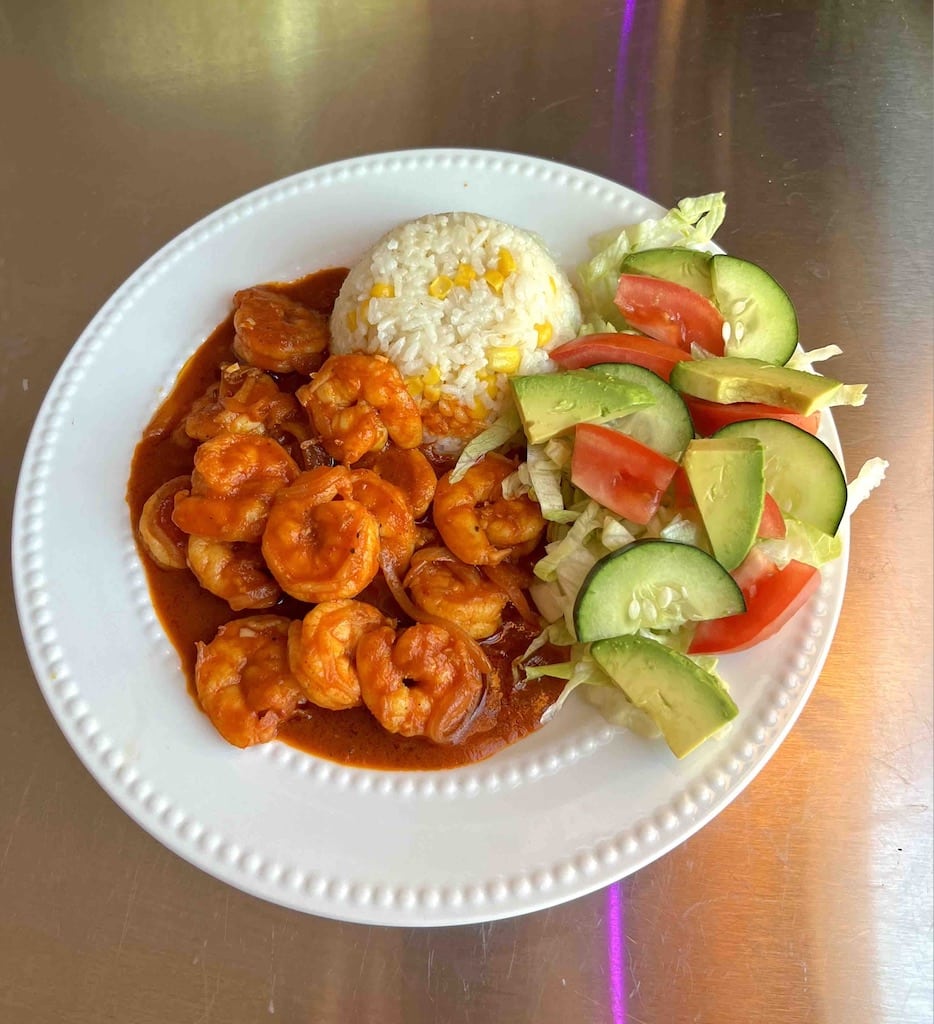
Got a question or suggestion?
Please rate this recipe and leave any tips, substitutions, or Qs you have!